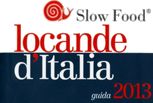Words written in italics are in dialect
Detina liked to collect mushrooms. She knew their particularities, the best days to collect them and the plants under which they grew. The season of the matote (boleti) was over and it had been generous. She had put away a good supply, and had even had to prepare a larger demijohn to store what she had foraged. Having heated a circle of the stove, she had placed it at the base of the neck of the demijohn with the springs. The glass had come off cleanly, and the opening was smooth and safe.
The mushrooms in the demijohn were preserved in a brine made with boiled water, vinegar, and salt – used only cold. On this day, Detina wanted to go out and gather Tron (Sanguinelli) mushrooms, and was putting on her worn shoes. The dog tied up in the yard outside barked lazily. This meant that he recognised someone who was arriving outside and, in fact, Pinota’s voice was immediately heard, asking: “may I come in?” There you go. Goodbye to mushroom hunting for today!
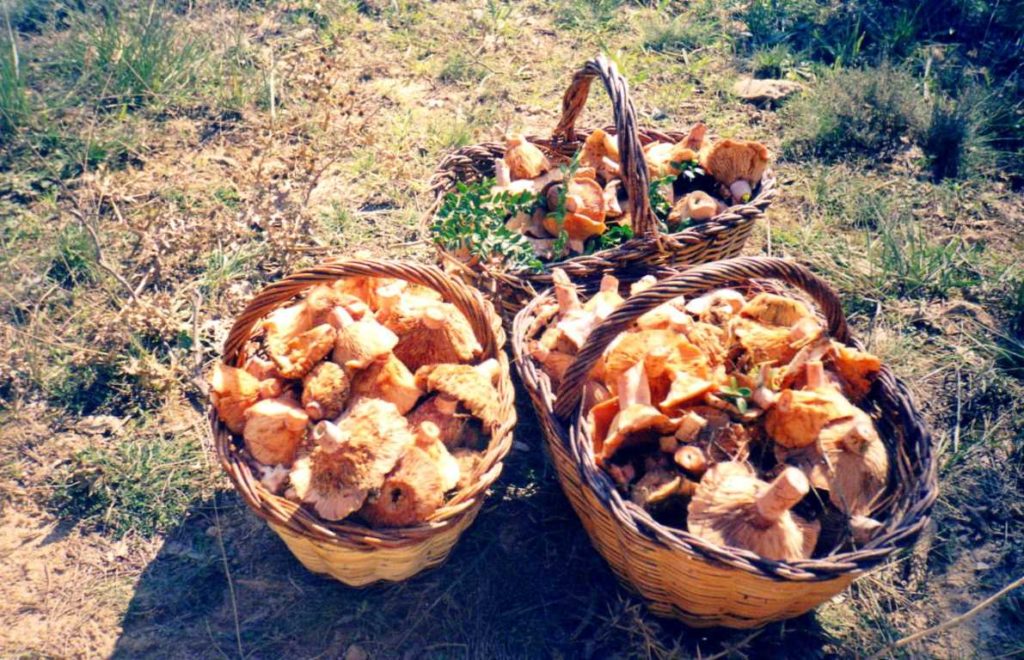
But Detina decided not to become overwhelmed by events, and sent one of her daughters out instead, reminding her once again of the plants under which to search. The Tron are born under the pines and are lively looking, with an orange colour. In their lower part they have a slightly bent corolla, forming a sort of rim.
Pinota was a dark woman in every sense: dress, apron, slippers, scarf, face, and nails. Nature hadn’t been overly kind to her; she wasn’t old, but she already had sagging jowls, and two canines protruded from her lips like a vampire.
Pinota lived in a two-family house and was constantly in dispute with her housemate Angelina over the poultry. Even that morning, according to Pinota, the usual script was repeated. That masca (naughty) Angelina had gone to her to claim one of her chicks. Pinota defended herself, saying: “the chicks that are under the grumet (a sort of inverted bell made with wire mesh) are all mine”. Angelina’s retort: “Well then raise the grumet and let’s see who is right”. As soon as the brood was released Angelina had thrown a “pious” and the disloyal chick had gone to her. Yet Pinota in the morning had counted and recounted the chicks and had found no anomalies. But Pinota often forgot the extent of her own arithmetical faculties: she had attended first grade for 4 years, without even the slightest hope of admission to the second.
While Pinota was reporting the events of that unfortunate morning, Detina had prepared the base for the Tron bath: sautéed garlic and parsley, a spoonful of preserves, and a saucepan of water with which to accompany the cooking. When Detina’s daughter returned, Pinota was still in the kitchen and Detina, reluctantly, felt compelled to share part of the mushroom collection. She suspected that Pinota had drawn her tale out on purpose precisely for this reason. Pinota went home with “la bagna d’Tron“. Lunch was served.
Suddenly, Detina felt a newfound sympathy for Angelina.
Marinella Bera
The names: Detina (Benedetta), Pinota (Giuseppina)
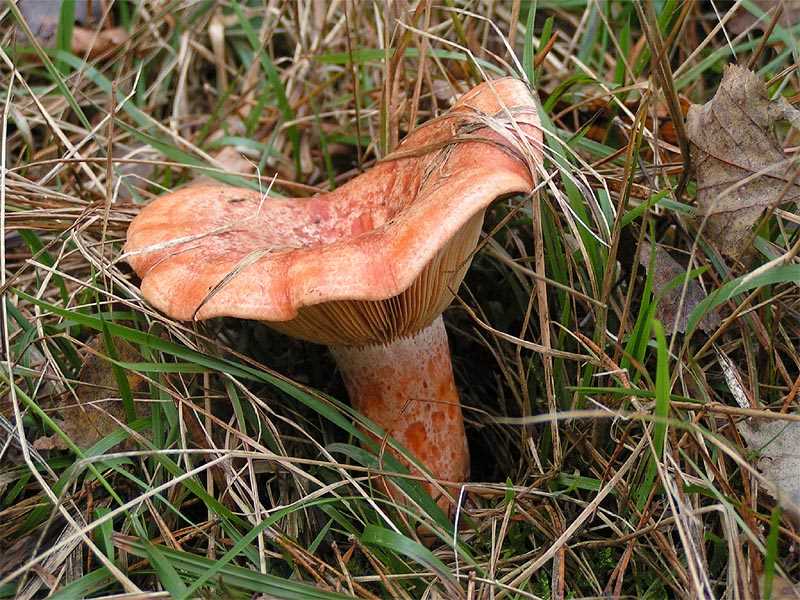
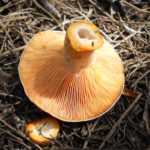
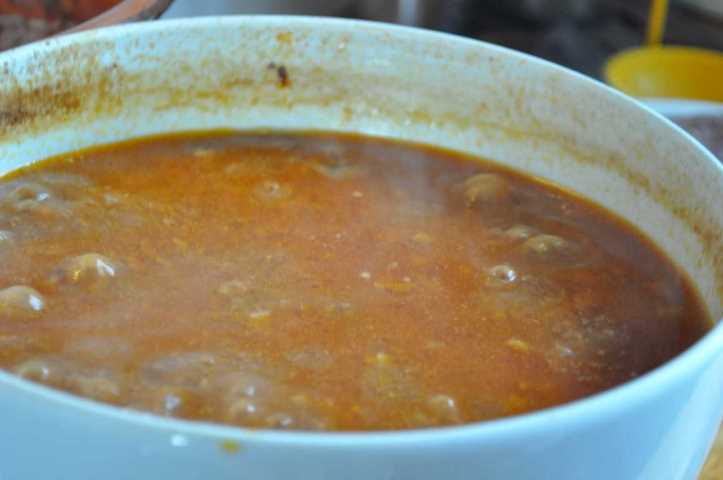
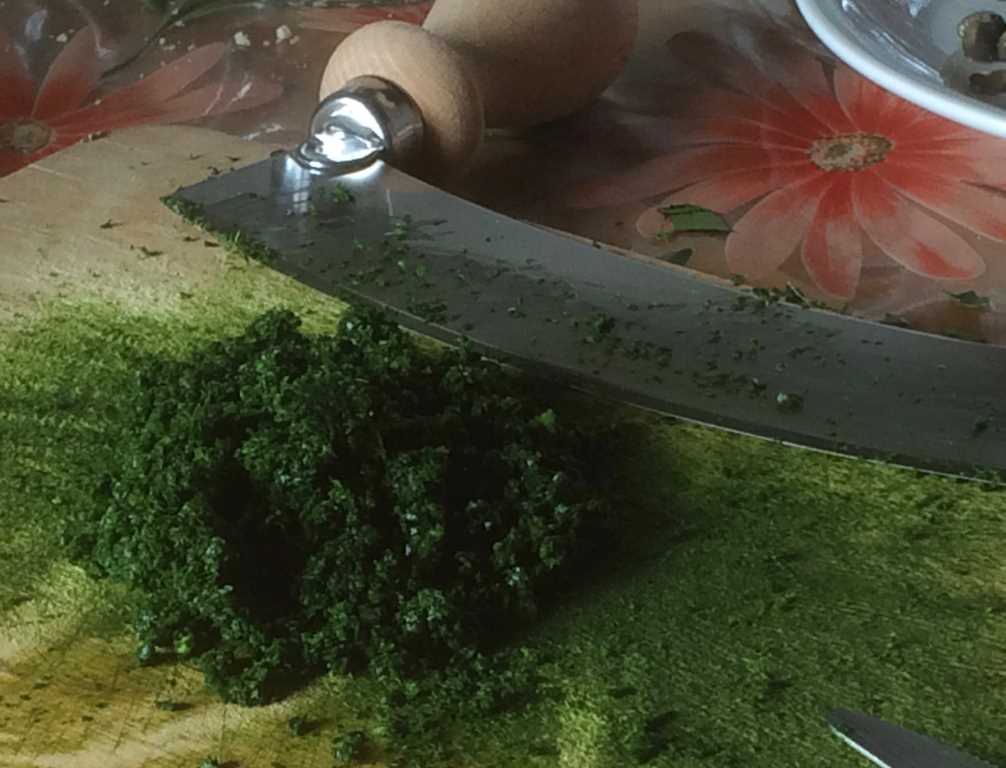
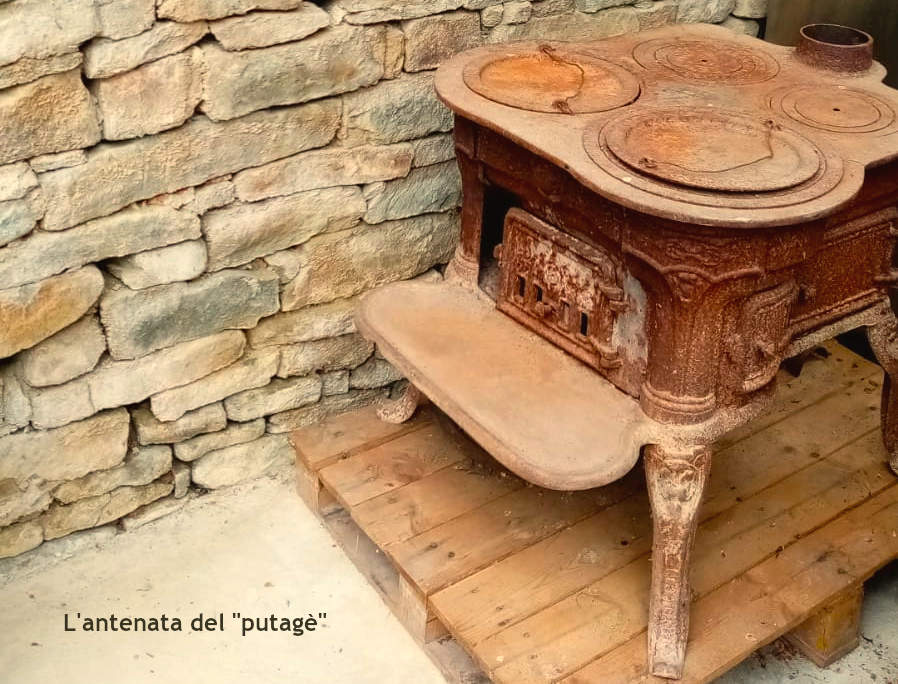
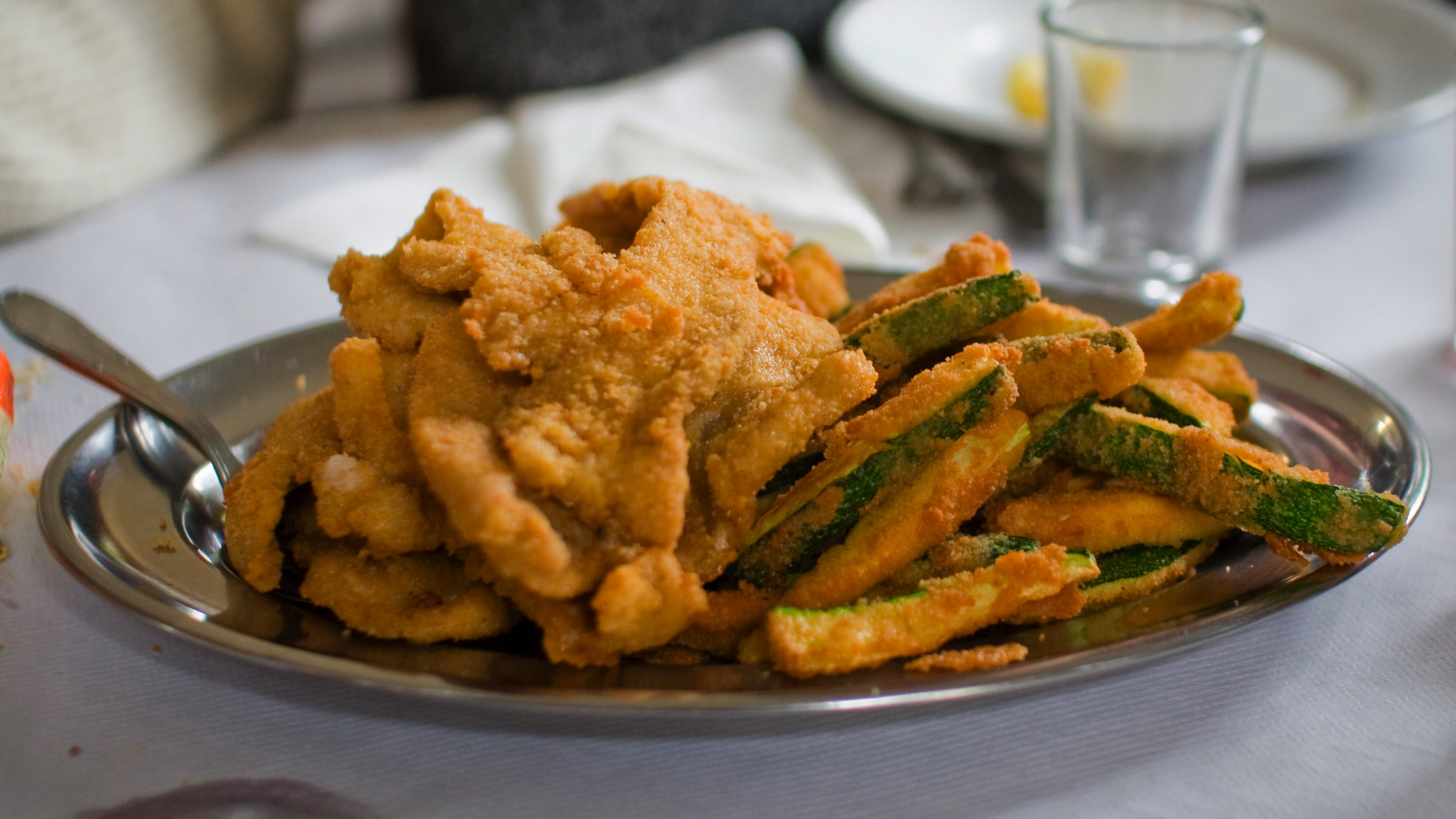
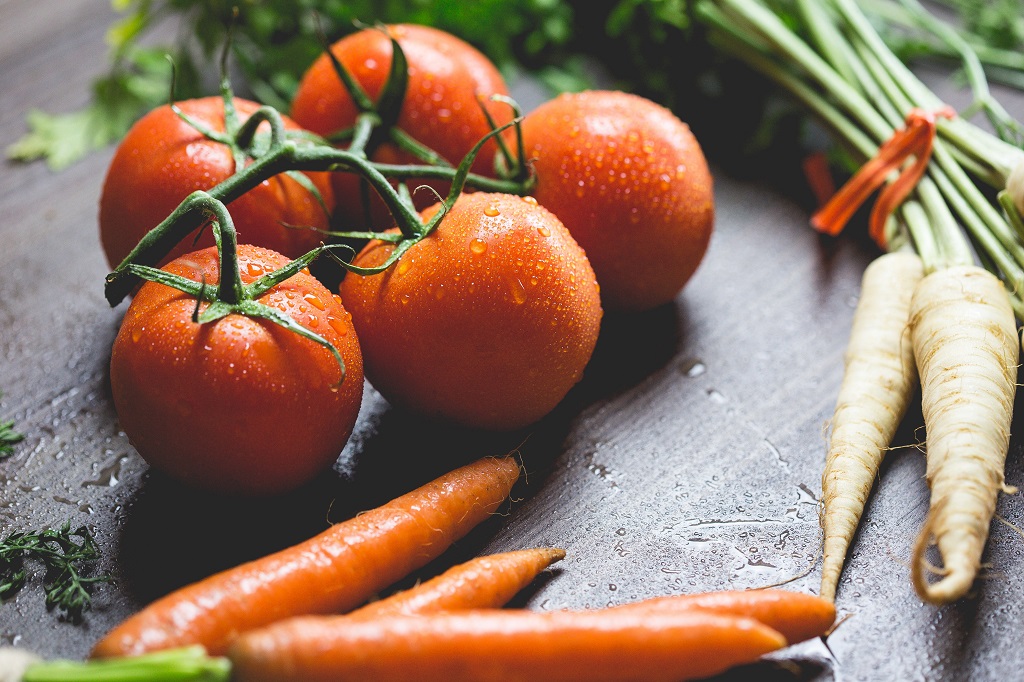
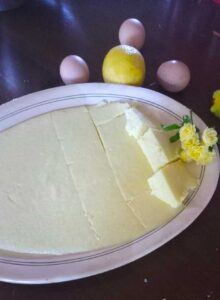
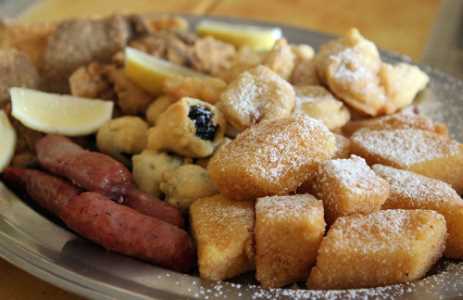
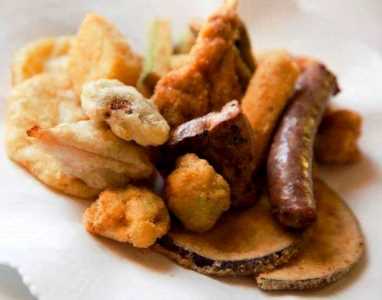
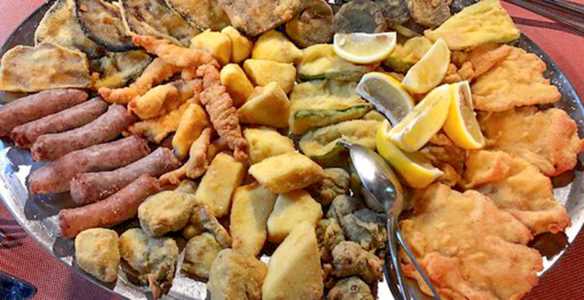
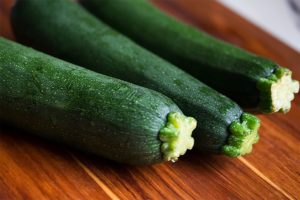
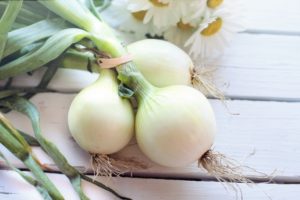
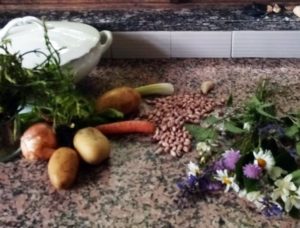
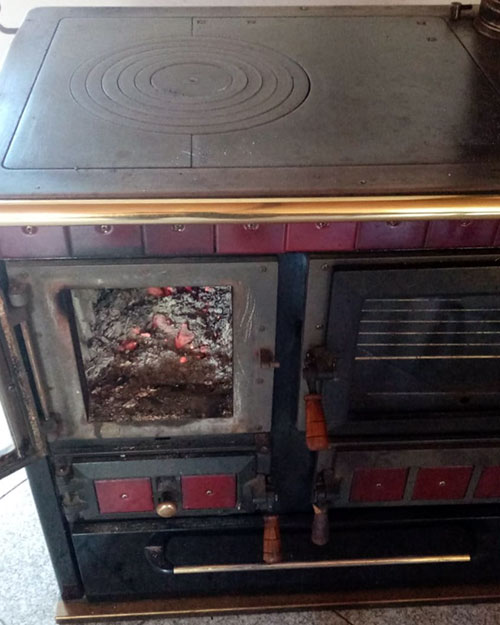
 Book now
Book now


